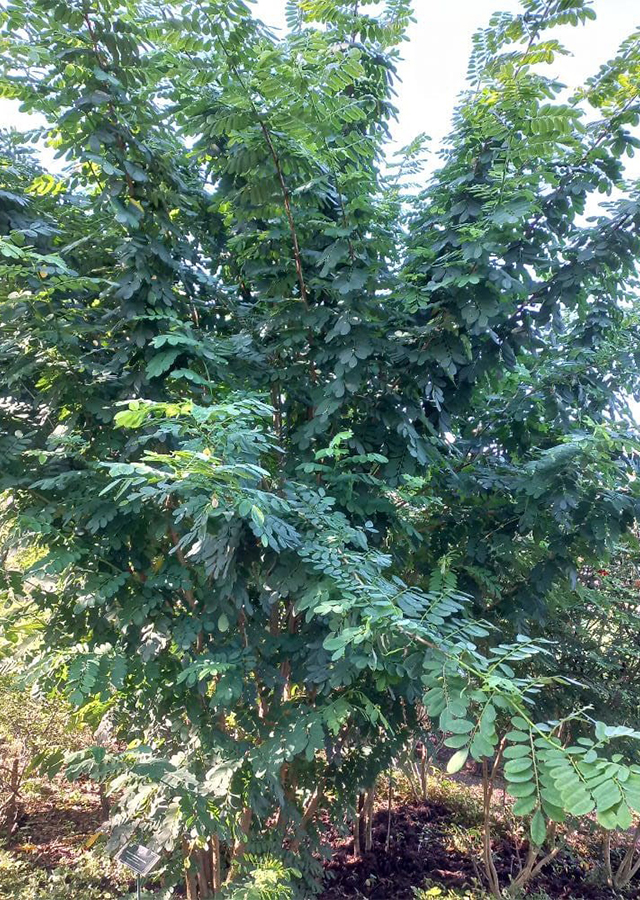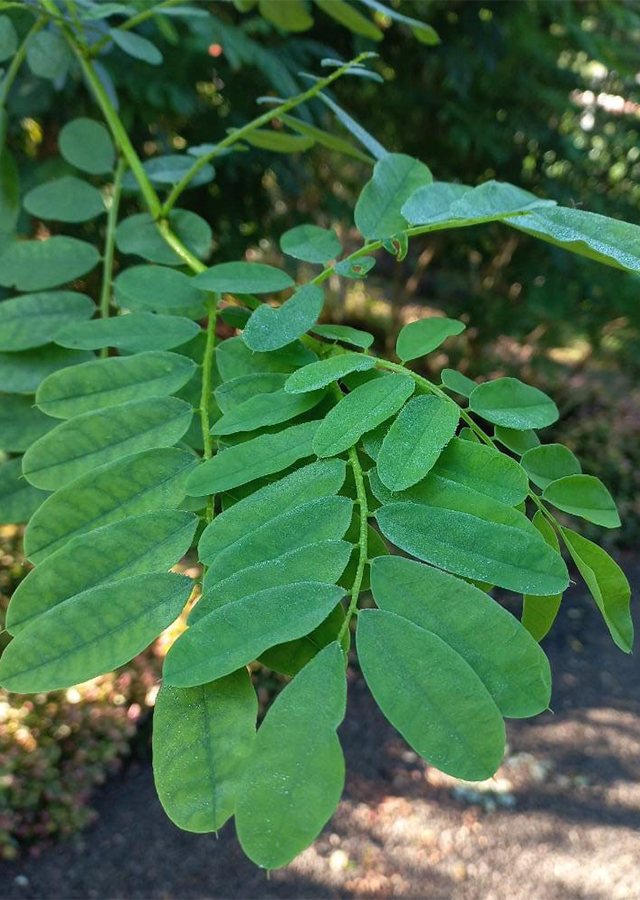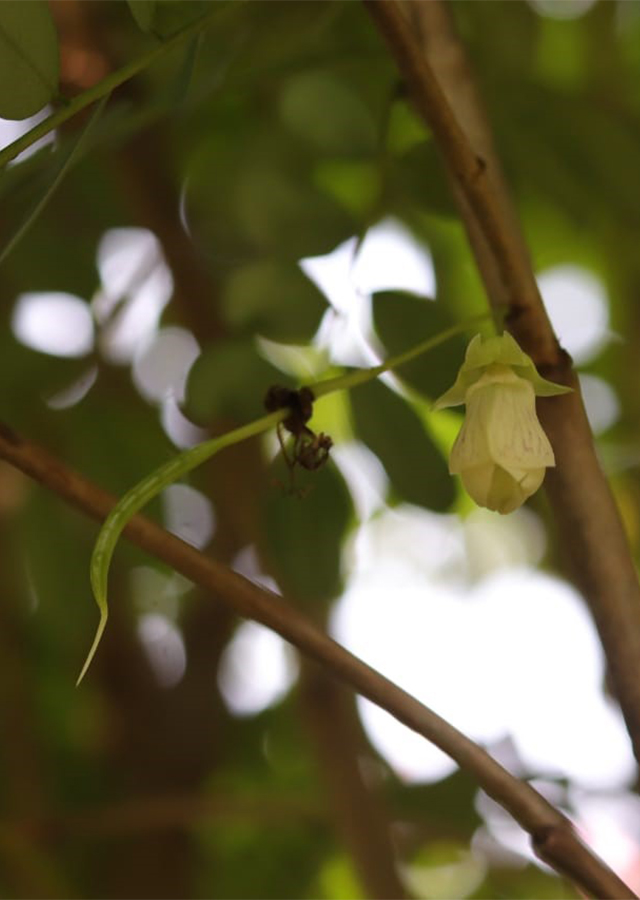Traditional Herbs from Ormocarpum cochinchinense
chest pain
- Pick enough leaves and wash them until clean.
- Eat the leaves directly as salad.
rheumatic_fever
- Prepare the luhu roots and wash them until clean.
- Boil the luhu roots until boiling .
- Strain the boiled product.
- Drink.
What is Ormocarpum cochinchinense Looks like??



Parts of Ormocarpum cochinchinense that could be used
- Leaves
- Bark
- Roots
Ormocarpum cochinchinense Distribution
Luhu is thought to have originated and is widespread in tropical Africa, India, South China, Taiwan, Ryukus, and throughout Southeast Asia. Luhu is widely planted as a hedge plant. This plant is used by the people of Tamil Nadu (India) as a traditional medicinal ingredient for healing bone fractures. The results of the study reveal that the high calcium content in the luhu plant has a good effect on bone healing. Apart from that, the leaves can be consumed as a vegetable and processed into candy with medicinal properties (lehiyam).Agroecology of Ormocarpum cochinchinense
Luhu is usually found growing in open coastal bushes, roadsides up to a height of 50 m above sea level. This plant requires full sunlight and well-drained soil, but is able to survive drought conditions.
Morphology of Ormocarpum cochinchinense
- Taproot.
- Woody stem, young stem is yellowish brown and hairless then becomes cracked when mature.
- Compound leaves, green, alternate, stalked, pinnate. Has 9-20 leaflets that are arranged on both sides of the rachis, with a single leaf at the tip of the leaf. The leaves are thin, hairless, elliptical to oval in shape.
- White or yellow flowers sometimes have red or purple lines on them. corolla. Hairy petals, oval lobes (ovate). Inflorescences are clusters (racemes) composed of 10-24 flowers, located in the leaf axils.
- Fruits are smooth linear pods, 5-20 cm long and 1.5 cm wide. -2.5 cm, 4-7 segments, ripe fruit is brown.
- Seeds are light brown or cream, oval.
Cultivation of Ormocarpum cochinchinense
Propagation is done generatively using seeds.
Ormocarpum cochinchinense, more details :
Chemical Content of Ormocarpum cochinchinenseAlkaloids, betacyanins, cardiac glycosides, flavonoids, saponins, tannins, terpenoids, steroids, phenols, phytosterols, coumarins.
Benefits of Ormocarpum cochinchinense
Heals broken bones, rheumatism, fever, back pain and paralysis, chest pain, nerve pain, burns in the mouth (due to the use of whiting when chewing betel nuts), has antimalarial, anticancer, antimicrobial and antioxidant activity.
Simplisia of Ormocarpum cochinchinense
Another Facts for Ormocarpum cochinchinense :
Synonym of Ormocarpum cochinchinenseDalbergia diphaca Pers., Diphaca cochinchinensis Lour., Ormocarpum glabrum Teijsm. & Binn.
Habitus of Ormocarpum cochinchinense
Bush. Annual shrub, reaching 1.5 - 2 m in height
Habitat of Ormocarpum cochinchinense
- Forest", "Coastal", "Roadside", "Land
No comments:
Post a Comment